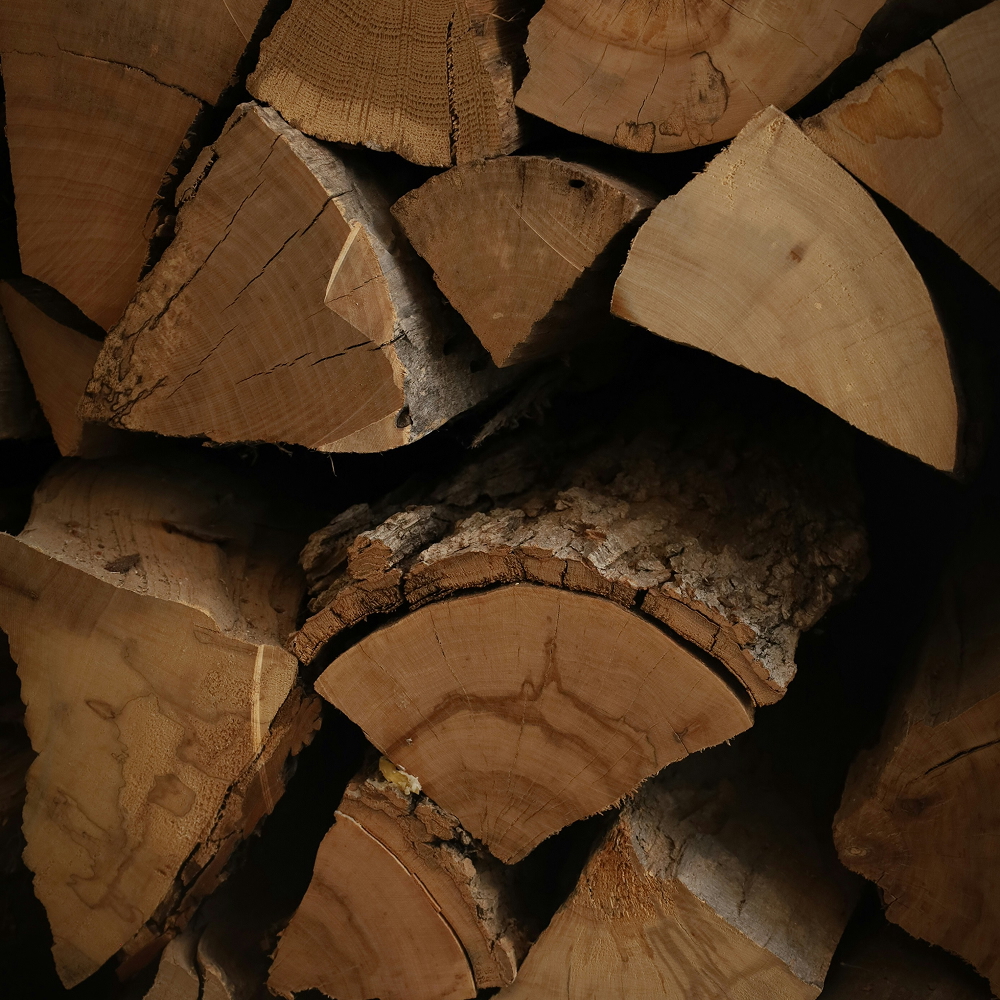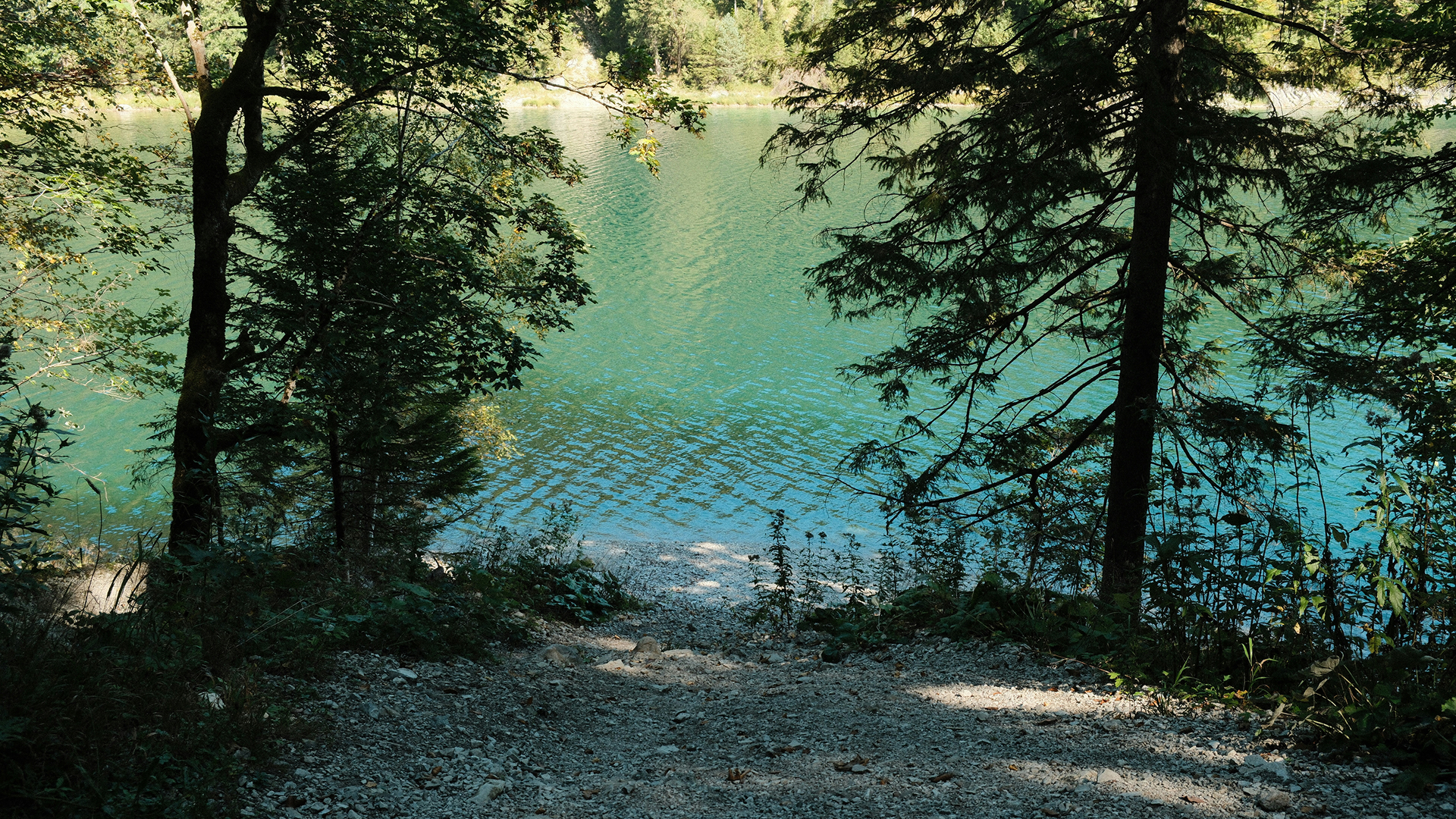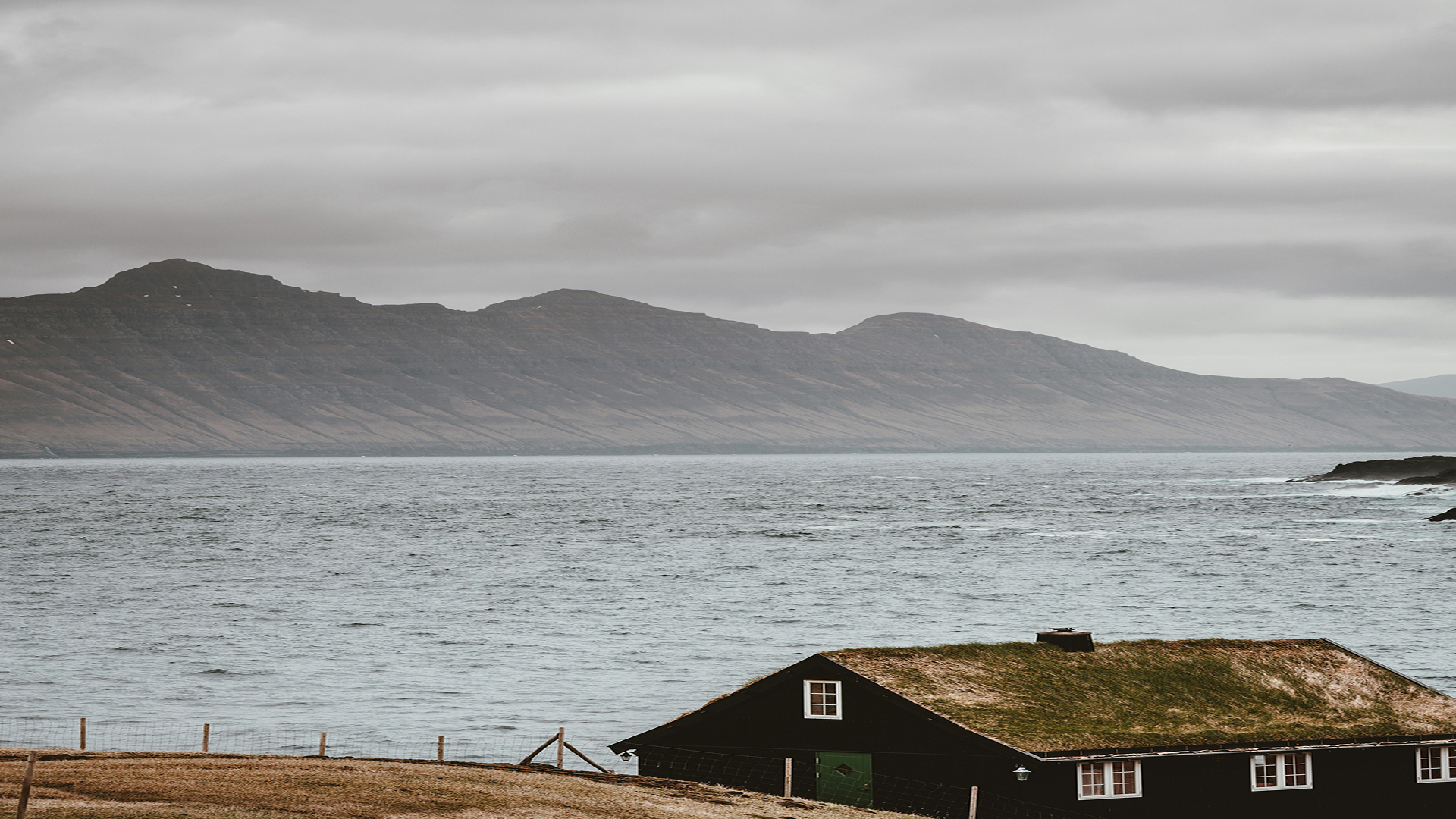Blog
From forest to tub: the craftsmanship behind Nordsprings

Before water fills the tub, there is the forest.
Each model begins with a raw material shaped by climate, terrain, and time. What follows is a transformation guided by sustainability, technique, and an understanding of how materials behave when exposed to ritual, rhythm, and water.
Turning natural resources into lasting structure
Wood is not chosen for its look alone, but for how it behaves under pressure, moisture, and time. The success of a Nordsprings tub depends on material that can support daily immersion without distortion or fatigue. That’s why we rely exclusively on thermally modified hardwoods. These woods undergo a precise heat-treatment process, between 180°C and 230°C, that alters the cell structure, reducing expansion and increasing dimensional stability. The result is a material that resists rot, swelling, and deformation, even in extreme climates. This process preserves the integrity of the grain without requiring synthetic chemicals or industrial coatings.
Selection starts with the forest
We work only with forests certified for sustainable management, primarily in North America and northern Europe, where hardwood species like ash or thermopine grow slowly and densely. Trees are selected based on age, moisture content, and growth environment, then processed locally to minimize carbon impact. Once harvested, each log is dried gradually to preserve its internal tension. Only boards that pass our structural and aesthetic criteria enter the production cycle. The transformation begins not in the workshop, but in the soil. Understanding where the wood comes from, and how it lived, is essential to what it becomes.
Sustainability is part of the structure
We treat wood as a living material with a second life inside the tub. That means using every board consciously, minimizing offcuts, and reusing shavings as part of our heating process. Waste is reduced at each stage, from CNC pre-cutting to hand shaping. Packaging is made without plastic, and each shipment is optimized for weight and volume to reduce emissions. Our process is not simply about sourcing well, it’s about aligning the rhythm of production with the principles of long-term wellness. The choices made upstream define not only the ecological footprint, but also the tactile and thermal quality of the finished tub.

Assembling with precision and purpose
Once the wood has been prepared, the focus shifts to shaping, a task that combines engineering tolerance with intuitive craft. Each part of the tub must interlock precisely while allowing the material to breathe and adapt to changes in humidity, temperature, and use. Unlike resin or composite, wood cannot be forced, it must be guided. Our assembly process is designed to work with the grain, not against it. Every cut, joint, and curve is tested to hold under pressure without relying on synthetic glue lines. The result is not sealed shut but held in tension, stable yet alive.
Geometry meets grain
The tub’s architecture is built from overlapping layers, both visual and structural. Tongue-and-groove joints ensure watertight performance while permitting subtle movement between seasons. The curvature of the interior is not aesthetic, it relieves pressure on the lower back and encourages spinal decompression during full-body immersion. Grain orientation is matched across boards to avoid tension pockets. In high-use areas, additional dowels are used instead of metal fasteners to preserve flexibility. This geometry creates strength not by force but by equilibrium. The wood does not resist the water, it adapts to it, and that is what makes it last.
Tools assist. Hands decide.
Our craftsmen use precision tools, but no step is left to automation alone. Every tub is checked by hand at multiple stages, first for fit, then for finish, then for tone. Surface sanding is done manually using layered abrasives that respect the direction of the grain. Curves are adjusted with micro-planes to ensure that water flow remains even throughout the interior. Before a tub leaves the workshop, it is filled, drained, and left to dry, not as a test, but as part of the build. Browse the Nordsprings collection to see how this balance between method and care shapes every model.


Elevating function through detail
A Nordsprings tub does not shout its quality. It reveals it over time, through the way it warms, how it holds water, how its surface evolves with use. Every detail serves a purpose: the bevels that soften edges, the curvature that improves circulation, the silent expansion joints that adapt with the seasons. This isn’t ornamental craft. It’s structural refinement. The result is an object that feels calm because it behaves with consistency. You don’t think about it, you return to it. The real luxury is not in what’s added, but in how every detail supports the gesture of recovery.
Surface care that preserves
We don’t apply synthetic varnishes or sealants. Instead, each tub is finished with natural oils rich in linoleic acid, chosen for their resistance to water and UV without blocking the wood’s breathability. This allows the surface to age gradually, developing a patina that reflects use rather than wear. Maintenance involves a simple reapplication once or twice a year, without sanding or stripping. This preserves not only the look, but the structural elasticity of the wood. The tub doesn’t degrade, it evolves. You’re not fighting time, you’re working with it. That’s how a surface becomes part of the ritual.
Designed for rhythm
Form, feel, and function converge to support use, not display. The thermal profile of the wood is calibrated to retain warmth without overheating. The internal dimensions are based on spinal ergonomics and natural soaking posture. No mechanical parts interrupt the experience. The exterior is shaped to blend into landscape or architecture without dominating it. The result is an object that lives with the user. Learn how our commitment to craft supports every moment of use, from first installation to daily ritual. Because what matters is not how the tub looks in a photo, but how it feels after 200 uses.


